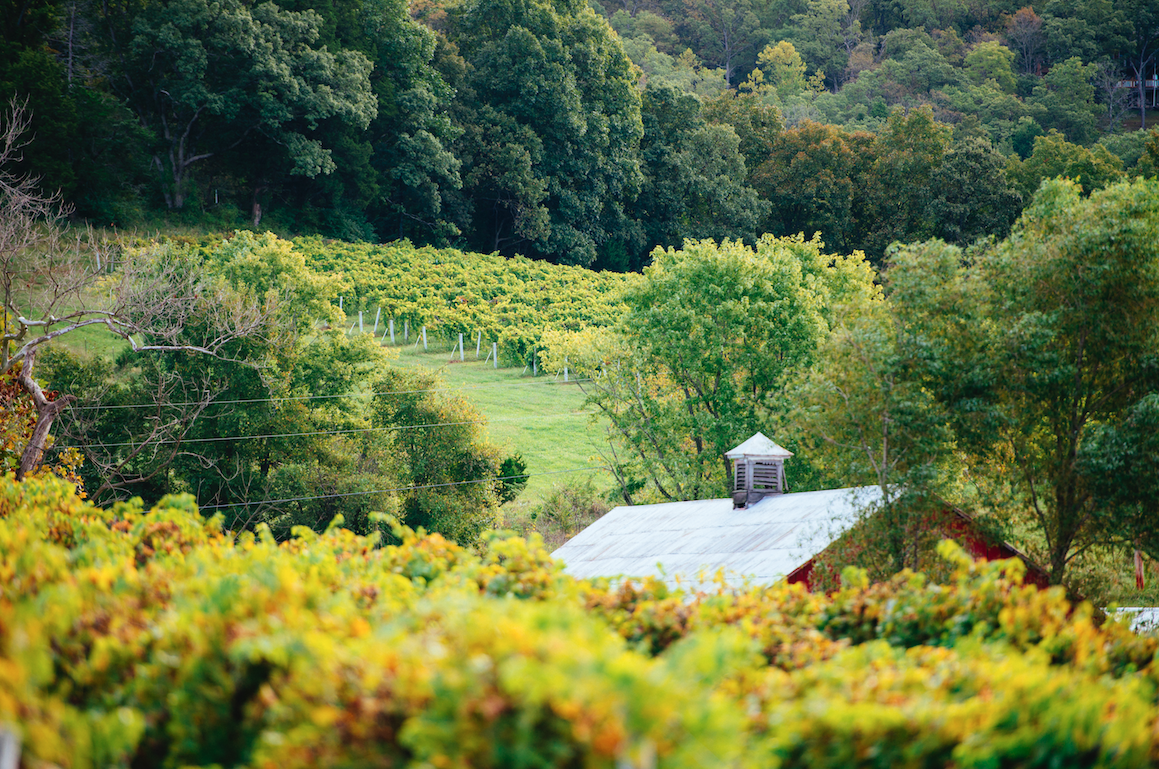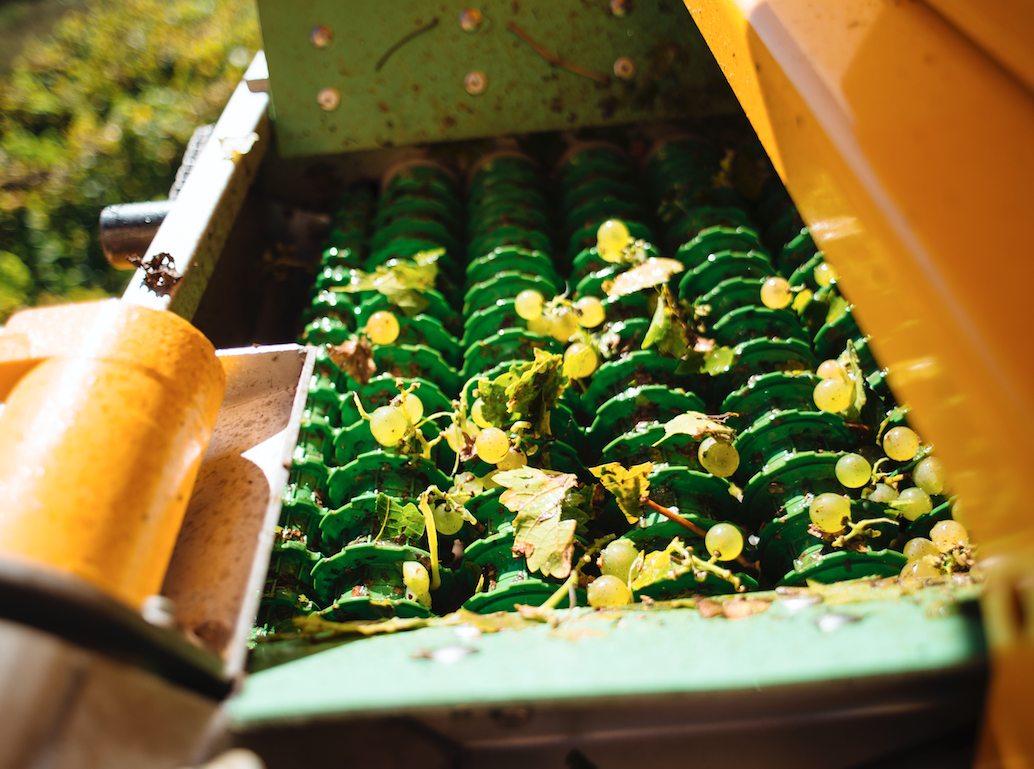August 27, 2020

When is the right time to harvest?
In general, the prime time for the annual grape harvest falls in the months of August, September and October. The best way to test for maturity of a grape is by tasting them. If the grapes are sweet and flavorful, they are ready to be picked. Winemakers will ensure the varietal flavors show through.
Another way to determine if grapes are ready to be picked is by examining their color. This is, of course, dependent on the type of grape that is grown. Red grape varieties will turn from green to red as they ripen, while the stems and grape seeds turn brown.
Grapes should be picked on a dry day, as wet grapes do not keep as well. Once harvested, they can be stored for several weeks at 32 degrees Fahrenheit and 90% humidity level.
Is hand-harvesting better than machine-harvesting? We’ve got the rundown on the man versus the machine debate.


Hand-harvesting means that only hand tools such as knives and shears are used. Once cut, the grapes go into a collection basket and are transported to the winery.
Machine harvesters travel through the vineyard with rods that gently shake the grapes off the vine and catch them in a large reservoir. Machine harvesting was introduced in the 1960s and has become one of the most important advancements in the wine industry.
But, is one method better than the other? At the end of the day, the best technique depends on the winemaker’s goals and circumstances.
Because delicate grapes can be prone to breakage during machine harvesting, many vineyard managers will hand-pick their most valuable grapes. Some wine styles such as late-harvest or ice wine demand manual labor.
What else is measured at harvest time? Brix.
Brix is a way to measure the potential alcohol content of a wine before it is made. This is done by determining the sugar level in grapes. While each gram of sugar that is fermented will result in about one-half gram of alcohol, different techniques used by the winemaker will determine the final alcohol content.
Brix levels are collected in the vineyard before harvest to determine whether the grapes are ready to be picked. Winemakers use a device called a refractometer to crush single grapes from different sections of the vineyard to see which section of grapes are ripening first.
Once the grapes have been pressed, brix levels are collected once again to determine the final sugar content and potential alcohol level of the wine.
Though harvesting grapes takes a lot of time, patience and a tremendous amount of labor, you’ll find that winemakers agree on one thing – it’s always worth the work.

